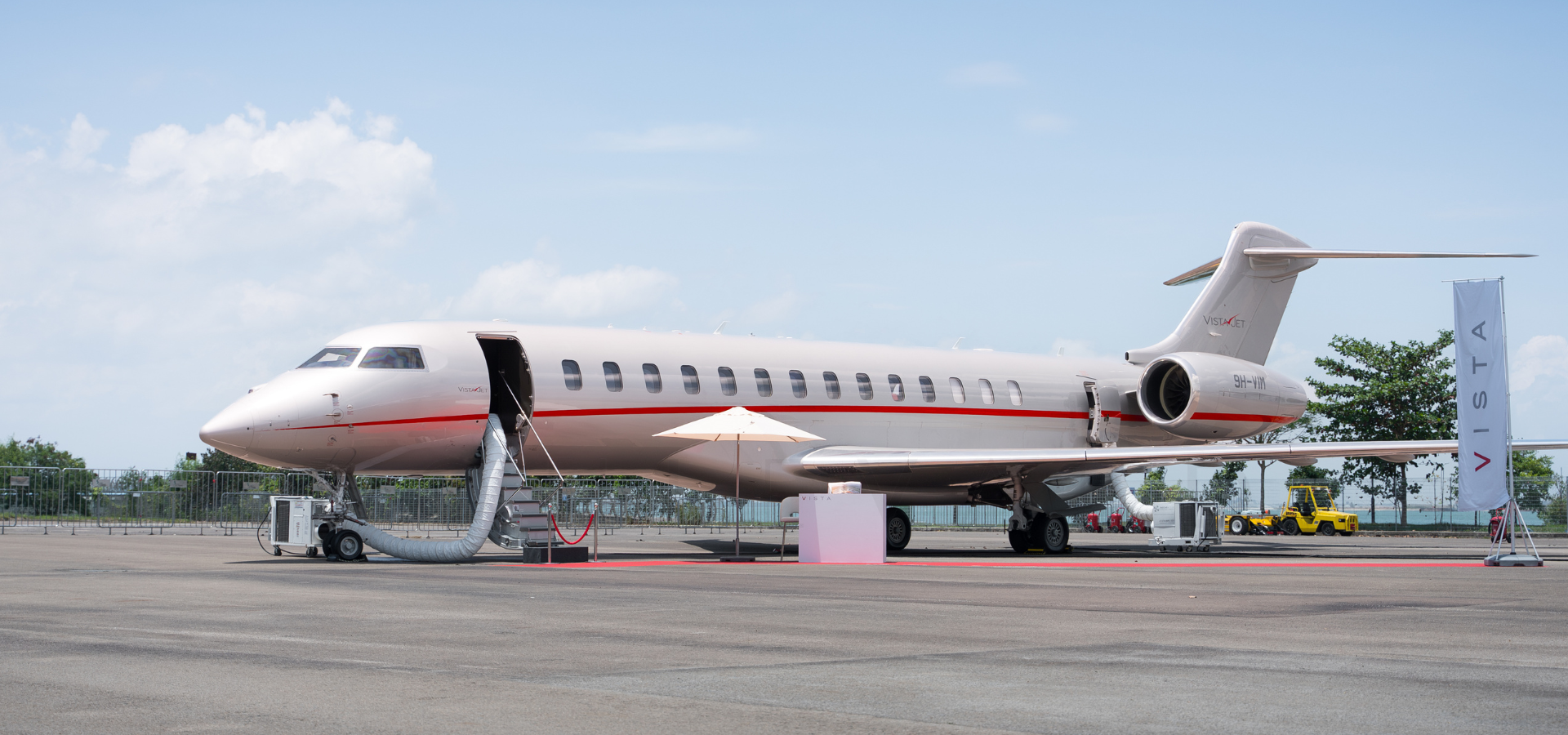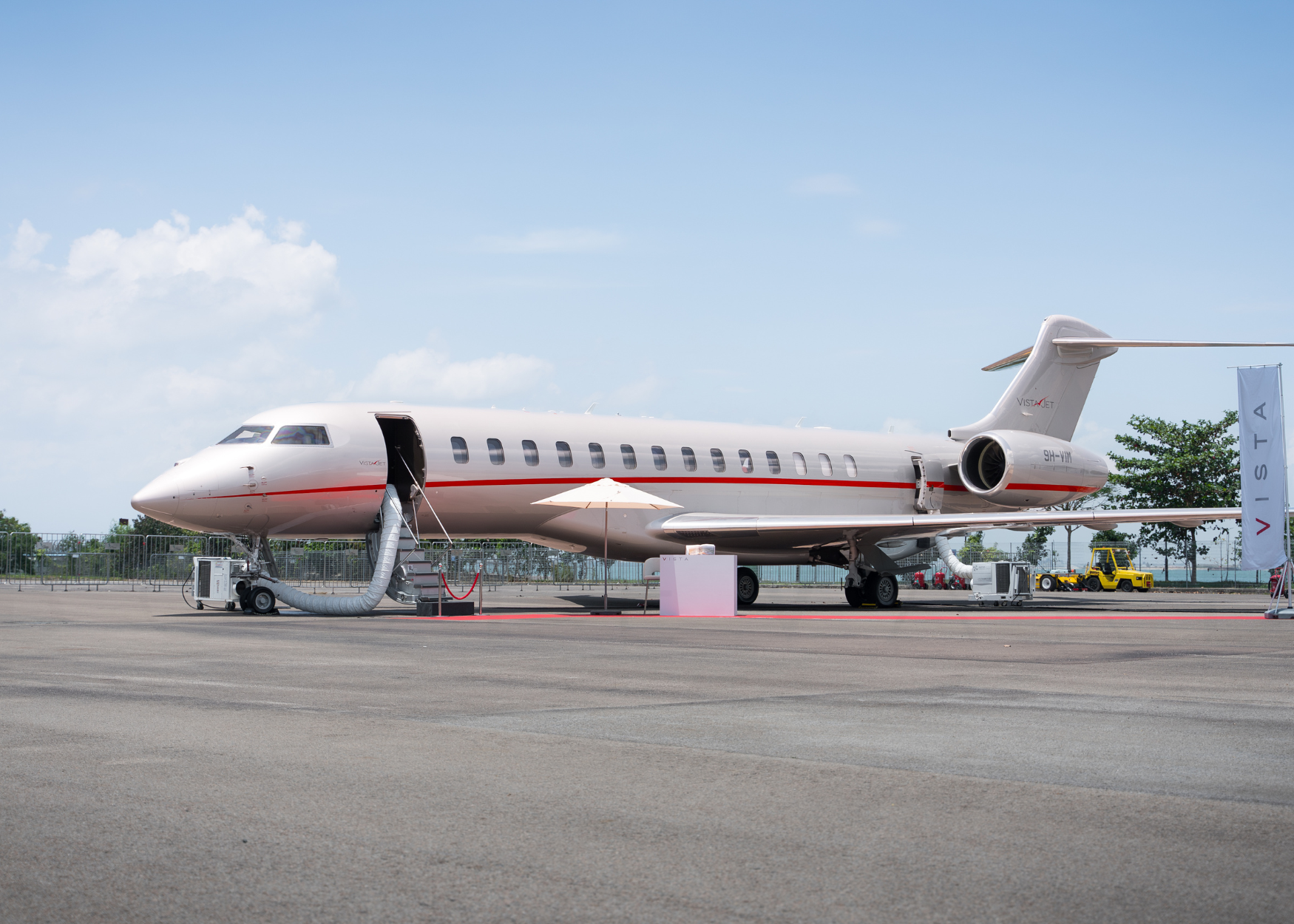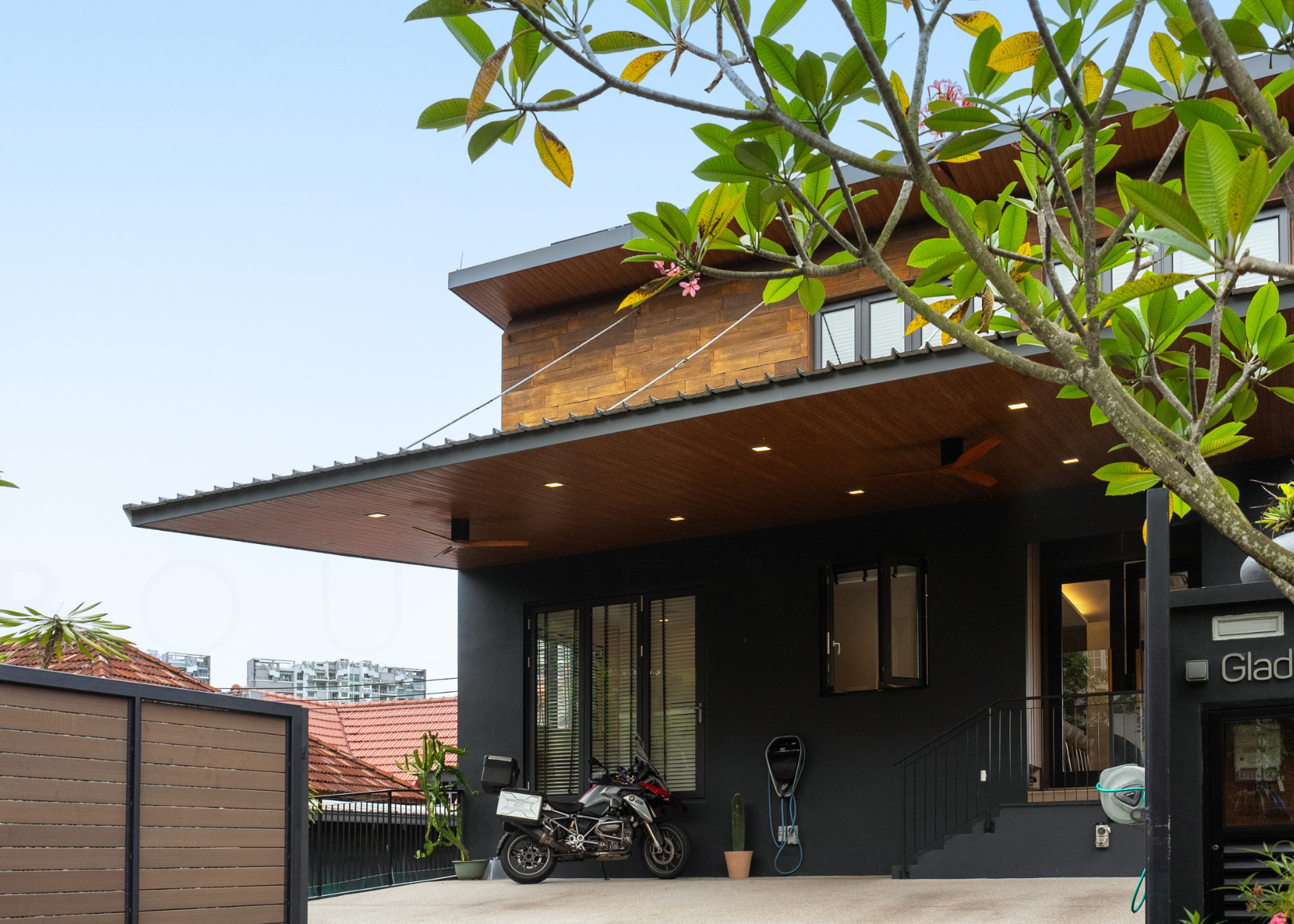The interview: VistaJet’s Ian Moore on the changing demands of private aviation and the brand’s unique positioning in the industry
Private aviation has grown steadily in recent years, driven by a need for greater flexibility, saving time, and direct access to global destinations. As travel habits shift, more individuals and businesses are moving away from traditional aircraft ownership in favour of more adaptable, membership-based models.
One company responding to this shift is VistaJet. With access to over 1,900 airports across 187 countries, the private aviation firm serves a broad range of clients—from multinational companies to private individuals—through its global fleet and tailored charter services.
But it’s not just about reaching remote corners of the world. There’s a growing focus on curating an end-to-end experience that is customised, consistent, and powered by technology.
To understand more about how the industry is evolving, Boulevard spoke with VistaJet’s chief commercial officer Ian Moore during the Business Aviation Asia Forum & Expo 2025.
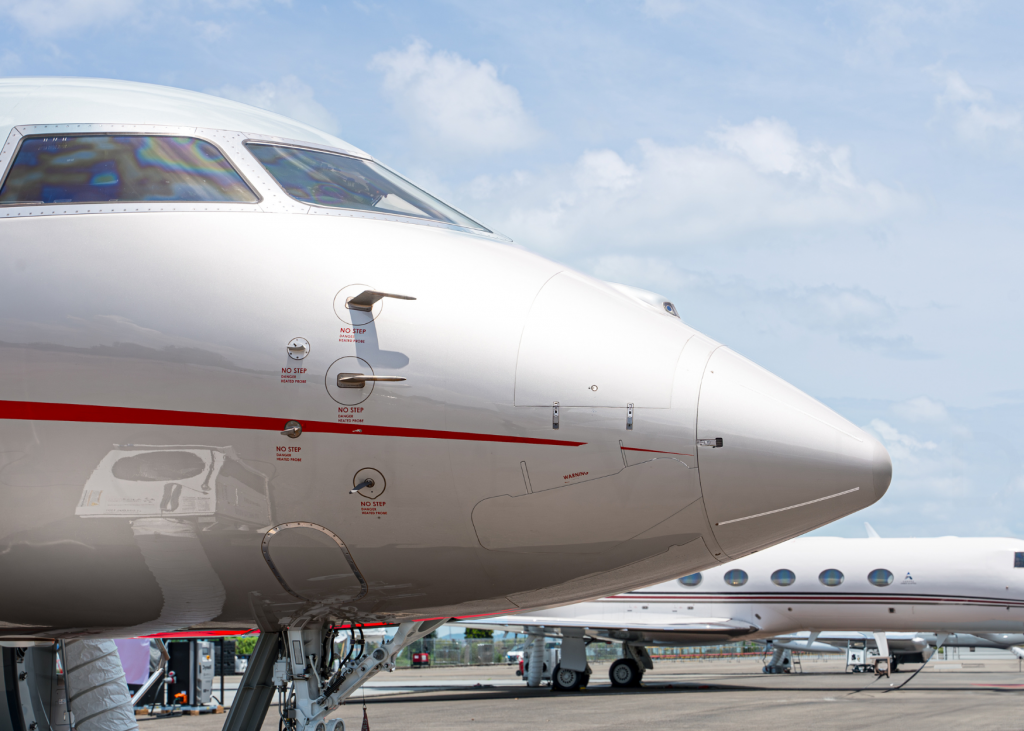
Boulevard: What are your clients’ expectations and demands of VistaJet, and how are these evolving at the moment?
Ian Moore: Fewer people are interested in depreciating assets nowadays. The new wave of wealth is being generated in different ways—not through capital-intensive industries, particularly depreciating ones like private jets. In the past, there were many people who said, “I’ve always wanted to own an aircraft,” often from a young age. But that’s becoming less of what drives people today. Now, when it comes to flying privately, people want a simple, easier way.
That’s why our business model aligns with what we consider to be a megatrend: clients are moving away from underutilised, depreciating assets in favour of a fleet model that allows them to be picked up, dropped off and accessed whenever they need. This resonates particularly with smart corporations, especially now, when they’re under much more pressure from shareholders than they were twenty years ago.
So, buying a jet and putting it on the balance sheet is not something people want to be part of—particularly the C-suite, who don’t want to be making that decision, especially if they haven’t had a strong quarter. On top of that, we’re seeing more individuals who have bought an aircraft in the past, and are now looking to buy hours instead—rather than buy a second or a third aircraft.
“Clients are moving away from underutilised, depreciating assets in favour of a fleet model that allows them to be picked up, dropped off and accessed whenever they need.”
What our business model does is, you buy the hours and we bring the aircraft to you. If a part is stuck in customs, we’ll simply send another aircraft. It’s about utilising the scale and network we have around the world—both in terms of aircraft and customers. It’s about ensuring we make the most of our fleet to make it financially viable for us, while also offering a cost-effective solution for clients buying hours. So it’s a mutually beneficial relationship. But you need global scale to achieve that.
What we’ve seen with our clients is that they’re not limited to one region. For example, their business might be in Asia, they might go on a holiday in Europe, and their children might be in America. And with how quickly the world is changing right now, the ability to move freely—and to buy hours and use them wherever you are, or choose the aircraft type that suits your journey—is more important than ever. Maybe you want one aircraft for long-haul flights, but prefer a smaller jet, like a Challenger, for a three- or four-hour flight within Europe. That flexibility is exactly what people are looking for.
So, I think the real trend we’re seeing is a shift away from depreciating fixed assets, alongside a growing desire to eliminate hassle. You’re seeing this in other sectors too. More residences are being attached to hotels, for instance, because people still want the asset, but they don’t want the responsibility of managing it. We’re seeing that more and more across Europe and the US. And I think what we’re doing is just a continuation of that same type of business model.
Blvd: For private clients, what usually prompts the move from commercial to charter? What do you think makes it appealing for them?
“We’re seeing more individuals who have bought an aircraft in the past, and are now looking to buy hours instead—rather than buy a second or a third aircraft.”
Moore: Well, the quickest trigger was probably covid—that was certainly a major factor. But more broadly, I think it’s about having control over your time and your cabin—being able to go where you want, when you want, and with whom you want. Those are three things you might not even realise you value until you experience them. And once you do, it clicks, you understand the difference. Suddenly, you don’t have to go through a commercial terminal. You can leave an hour later if it suits you. You can fly directly to the airport you actually want to reach, without a connection or unnecessary detours.
So we saw much of that shift driven by covid, and then commercial airlines took a long time to rebuild their routes—some haven’t even reinstated all of them. Economically, it made sense for them to focus only on certain routes, even if those weren’t part of their original network. Once people have experienced private aviation, they might not switch completely, but they may shift a portion of their flying. They might still fly commercially because there are still strong commercial carriers globally. People will still enjoy first class or business class, but there’s nothing quite like going exactly where you want to go. And I think that’s the real staying power of what we offer. Moreover, what’s really resonated with our clients is that all of our aircraft are identical. So you know exactly what you’re going to get.
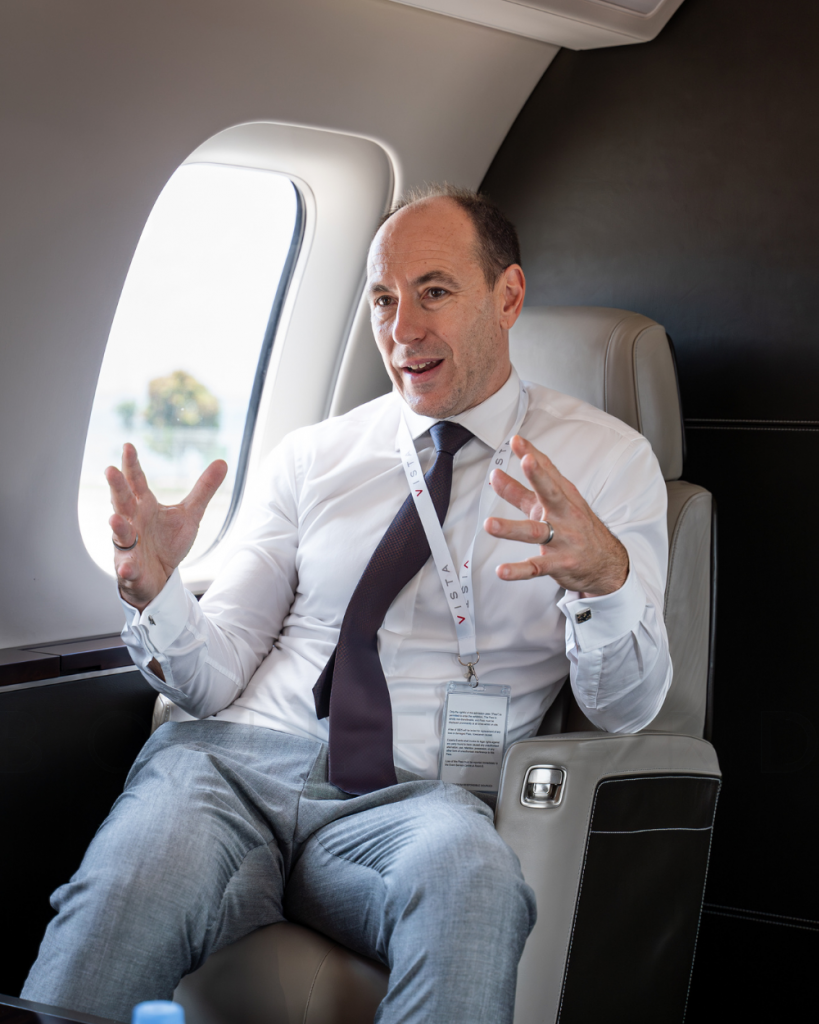
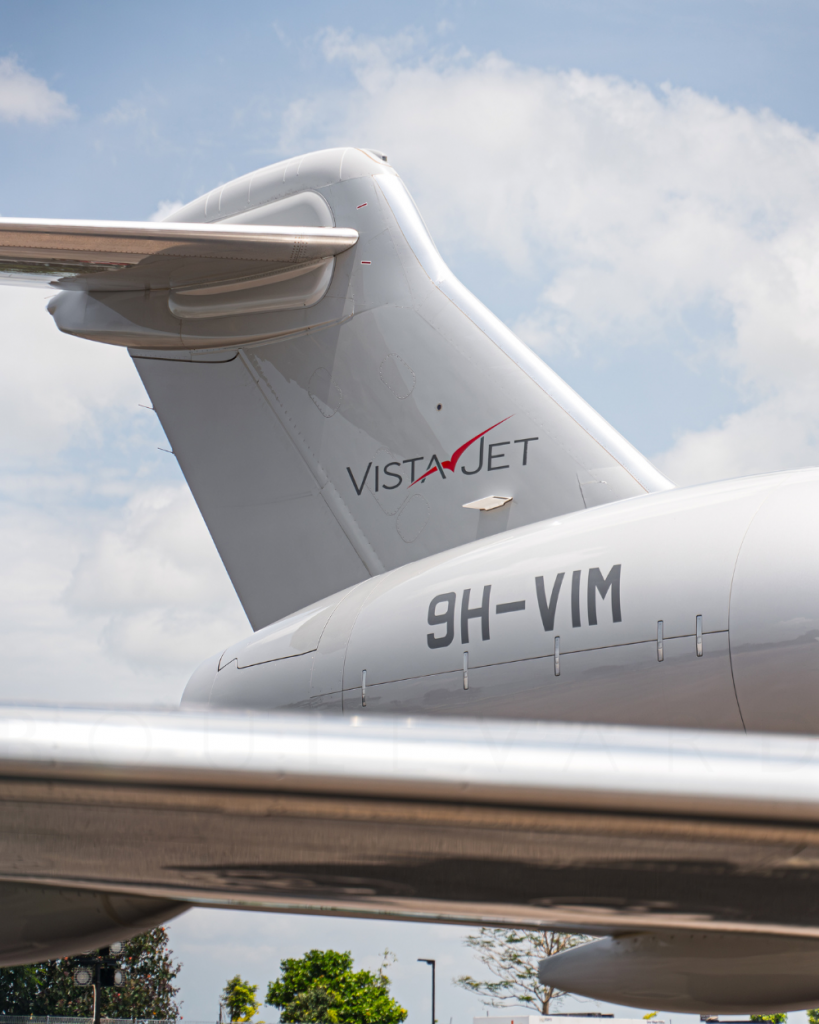
One of the unpredictable aspects of this industry is that if you charter an aircraft, you may have booked a specific one, but if there’s a technical issue—or if the owner decides to use it—you could be given a different jet. And then you arrive to find an aircraft that’s nothing like what you expected. So, what we offer with our business model is a guaranteed experience and a consistent standard. You can call on us even during the busiest times of the year—that’s what we’re here for.
Blvd: Do you find there’s a lot of hybrid travel, where people might fly long-haul in commercial first class, but then use charter for shorter flights because it’s more flexible and convenient?
Moore: Yes, we see a lot more of that. It’s something that builds gradually. Even with long-haul commercial flights, just one or two bad experiences can make someone think, “Maybe it’s time for a change.” If you can afford a half-a-million-dollar flight but you’re still flying commercial and something goes wrong, that’s often when people start to consider flying private.
What we offer is a high level of security. All our planes are identical, so it doesn’t matter which one you fly on. This ensures anonymity. For example, someone like Elon Musk or Taylor Swift might fly on a private jet, but their flight details are often known. With us, it’s different—our system ensures that security remains tight, and people won’t know which aircraft you’re on.
We also serve over 1,400 clients worldwide, including governments, who value the ability to travel discreetly. Even though some governments have their own secure aircraft, the public often knows when they’re flying. With us, they can slip in and out of countries without being noticed, which is invaluable for both corporations and high-net-worth individuals. So, we remove the need to buy a $75 million aircraft or worry about depreciation. We handle all of that for you.
“What we offer is a high level of security—our system ensures that security remains tight, and people won’t know which aircraft you’re on.”
Now, we plan to keep the aircraft for twenty years, so we’re not concerned with depreciation after just one year. We focus on the long-term. We also handle all the training for pilots and cabin crew, and we take the time to understand your preferences. This means while not every flight is exactly the same, we know details like whether you prefer room temperature or chilled water when you board. We build up that profile over time to better serve you. If you fly an average of 30 to 40 times a year, we get to know your preferences and your family’s needs. This data-rich environment helps us provide a personalised experience each time you fly.
And while some may still consider buying their own aircraft, it brings a lot of hassle with it. Even for those with significant wealth, fewer people are opting for full ownership because of the complexities involved.
Blvd: In terms of tech and innovation, how have things evolved in recent years, and what’s new for charter services, jets and the onboard experience?
Moore: We’ve spent a lot of time and effort on the tech side. We’ve created our XO app, which basically is a combination of a digital marketplace for our buyers and sellers of private jets around the world. What’s interesting on that side is more of the way we’ve been able to plug our partner’s aircraft directly into their systems to be able to see if it is available. Because typically, with the commercial schedule room, you just sell tickets and see them. With private jets, especially unscheduled ones, there’s usually a lot of back and forth just to confirm whether the aircraft is actually available.
So, what we’ve done in the background is spend a lot of time working with our partners to enable what we call real-time pricing. This means you can enter your itinerary and book the flight directly through the app. That might sound simple to someone used to flying commercially—just book a ticket—but in private aviation, it’s more complex. There are many operators, and in most cases, the aircraft isn’t owned by the operator but by an individual owner, who has to give final approval. That sign-off often isn’t immediate, which complicates the booking process.
“We’ve spent a lot of time and effort on the tech side. We’ve created our XO app, which basically is a combination of a digital marketplace for our buyers and sellers of private jets around the world.”
So we’ve worked with our partners to ensure a seamless service behind the scenes—so we can provide the right price and guarantee the booking. We also offer guaranteed route pricing, meaning certain routes stay fixed in price regardless of the time of year. That’s something we’ve developed on the tech side through our XO brand.
On the Vista side, the tech focus is more on the back end—optimising our fleet and identifying the most efficient routes. There are many variables in private aviation, like restricted airspace, airport access, and scheduling impacts on the next client. In places like Southeast Asia, where permits are required to enter and exit countries, things get more complex. AI can now help us optimise what the human eye has managed until now—navigating this kind of four-dimensional chess.
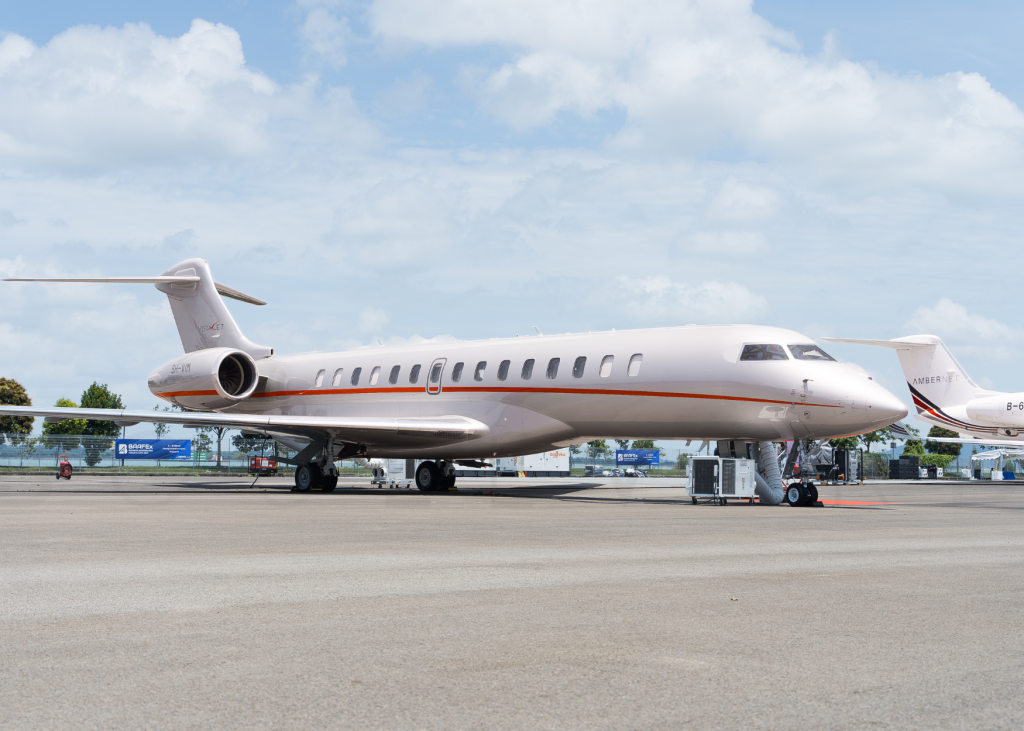
It also feeds into sustainability—finding the most efficient aircraft, routes and timings helps reduce fuel and emissions, which benefits both the environment and our bottom line. It’s about using tech to uncover the best options, even if they’re not always obvious at first glance.
Blvd: What really separates VistaJet when it comes to safety standards—is it the aircraft, the training or the way operations are run?
Moore: It’s a mix. It comes down to training, pilot rest, and how conservative your flight plans are. If you’re flying privately for yourself, you’re taking on that risk. But if you’re operating commercially, there’s a higher standard to meet—one that’s closer to airline-level safety. And then there’s the standard we set for ourselves, which goes even further.
“It also feeds into sustainability—finding the most efficient aircraft, routes and timings helps reduce fuel and emissions, which benefits both the environment and our bottom line.”
The challenge is, you don’t always get to explain that to clients. Some might think, “Well, it was fine last time,” but that’s not the point. You’re spending a lot of money, and at 40,000 feet, saving a little here or there isn’t worth the risk. That’s why we invite clients to see our operations—once they do, they really understand what they’re paying for. We’ve had corporations with ten or fifteen of their own jets visit us and leave impressed.
It’s more than just the jet—it’s about the training, the crew, the support team working 24/7 in Malta and the US, constantly monitoring everything from weather to geopolitical risks. Some countries are safe one day and not the next. Even flyover routes can shift with global events.
We’ve always taken a very conservative approach to safety, including avoiding certain airspaces that others still use—even some commercial operators. That caution has worked in our favour, and it’s one reason for our safety record.
Blvd: Is there anything you’re still learning about Air Charter Services?
Moore: Yes, it’s a very competitive industry, and one of the biggest things I’ve learned is not to react emotionally to the challenges we face. You have to believe in what you’re doing and trust in yourself. As we’ve grown and become more successful, we’ve attracted more attention from competitors. We’ve disrupted the market in many ways, and there’s always something new to learn as we continue to evolve.
When I started in 2010, we had around 20 aircraft, most of which were Allegiance. Now, we have over 200 aircraft, with the majority in the super mid and above category. Our business model has evolved significantly, and learning how to manage that growth has been an interesting challenge. One thing I’ve realised is that you can’t always assume what people want, especially when it comes to luxury. In our industry, we often think luxury means something grand, but sometimes it’s as simple as understanding that a client might prefer a bacon and egg sandwich over something more elaborate. Listening and responding to the client’s true needs is what defines true luxury.
Read next:
